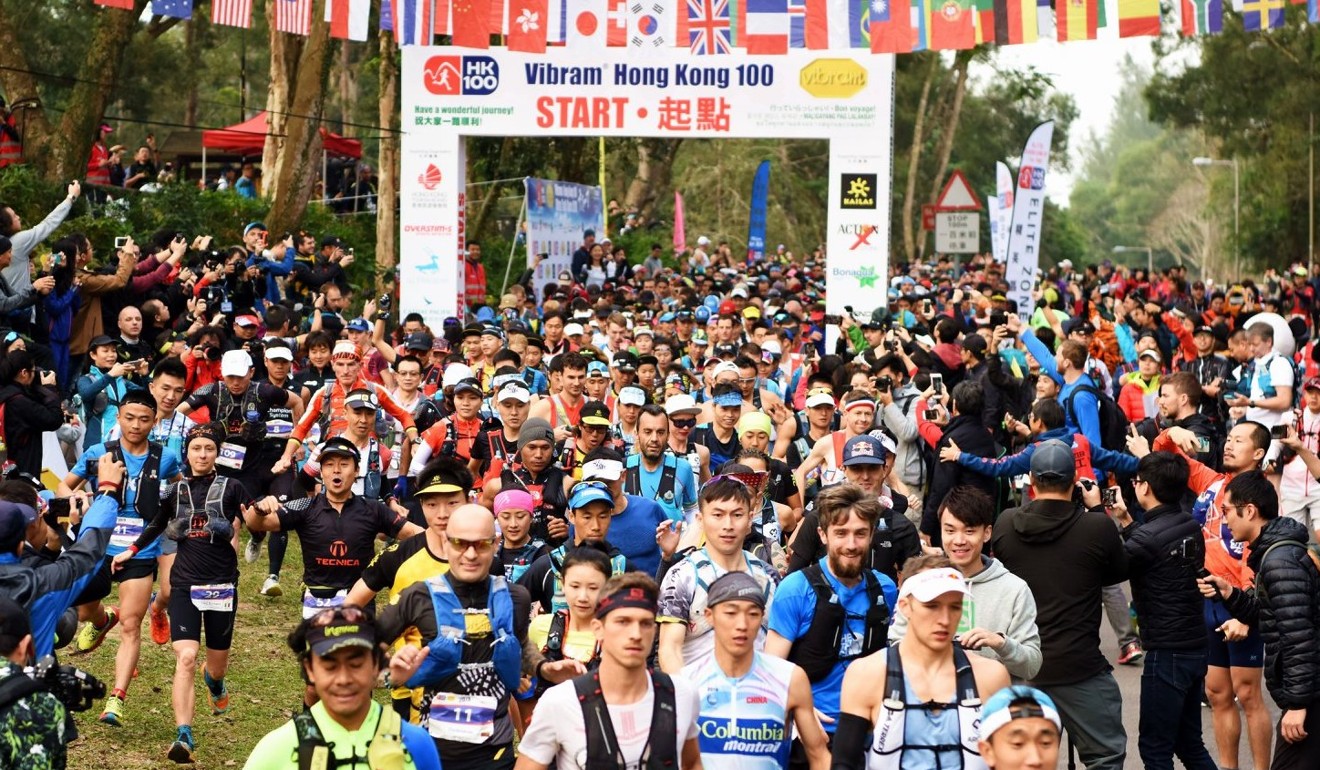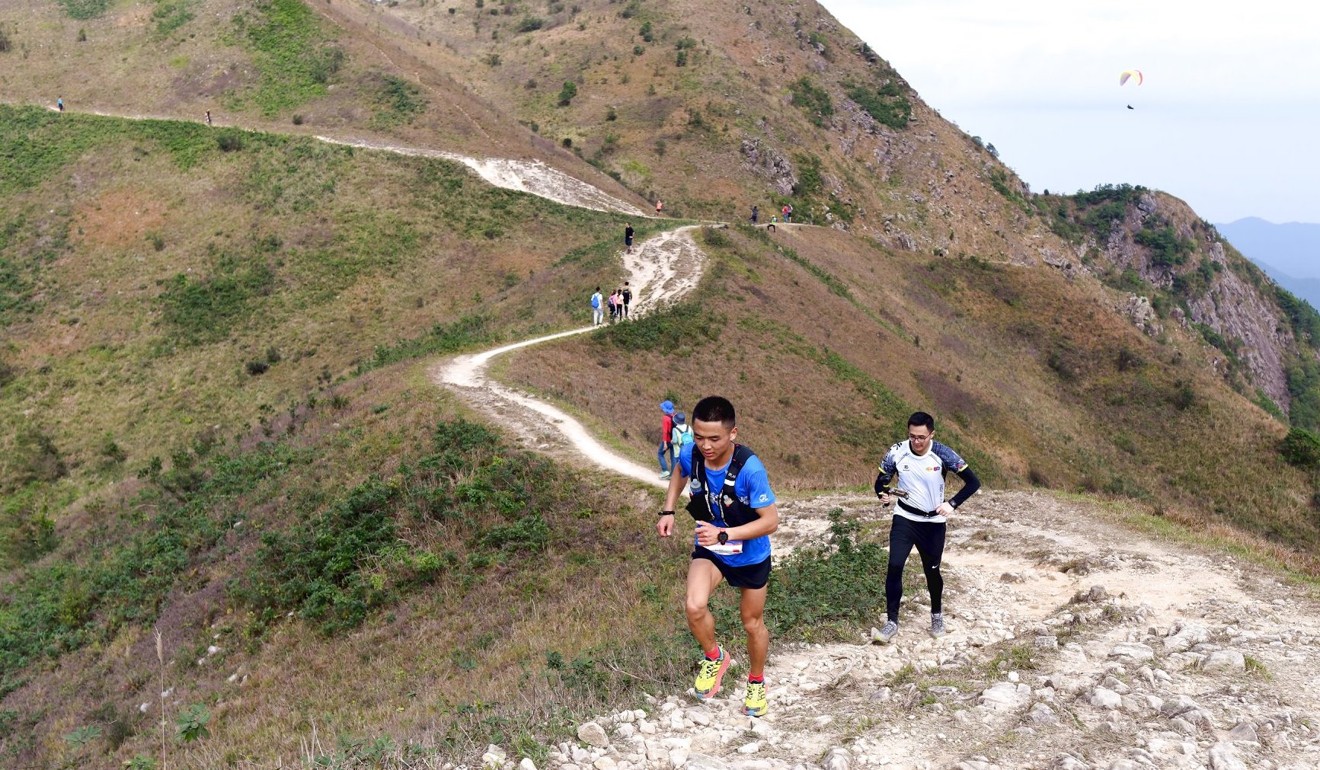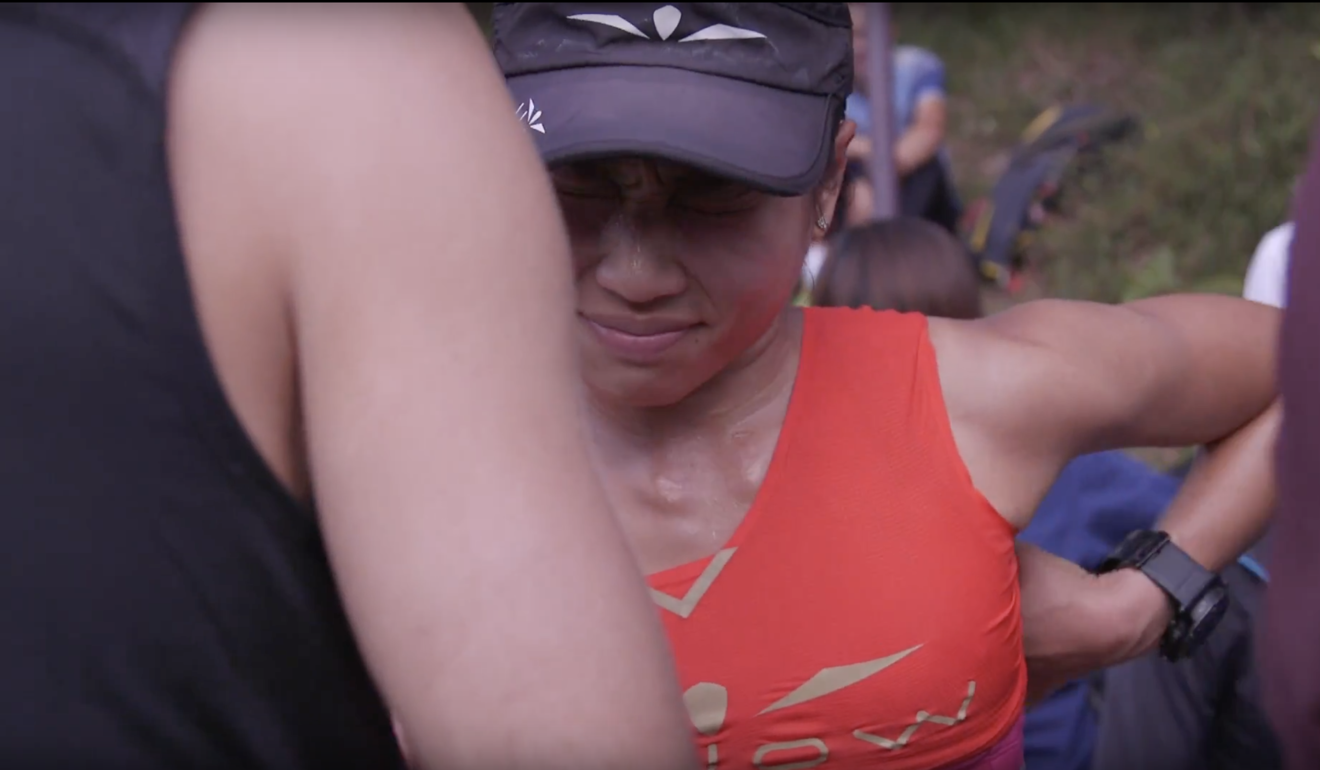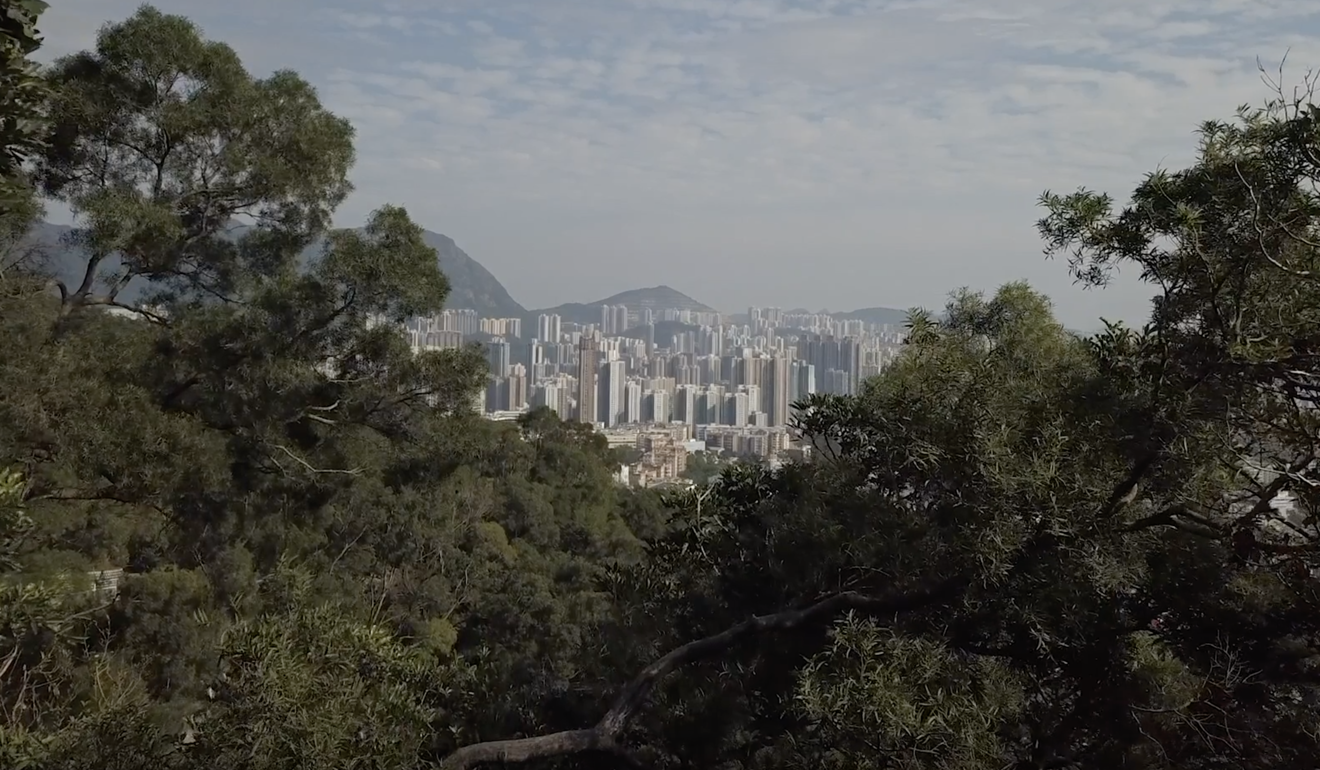
Pleasure and pain: on trail of Hong Kong ultra-marathon runner as she faces city’s 100km challenge
- Sayaka Matsumoto, who switched from hiking to trail running two years ago, was one of 1,800 competitors in January's Vibram Hong Kong 100 Ultra Trail Race
- Yet can the Japanese-born property agent – who takes to the hills to escape stresses of daily city life – get to the end?
For joggers who stick to their fitness plans for a year, completing a half-marathon (21km, about 13 miles) race already ranks pretty highly.
For property agent Sayaka Matsumoto, running more than 30km, 50km or even reaching the benchmark of 100km over mountainous terrain is something to look forward to – a 16-to-18-hour break from life’s stresses with an earthen trail underfoot, undergrowth along her path and the open sky.

Completing ultra-marathons requires passion more than profession.
At weekends she finishes her 25km training runs in time for a sunset beer overlooking Repulse Bay – in addition to carrying out weight training, cycling and yoga from Monday to Friday.
The humble way she describes her two-year running career belies some impressive results: in November Matsumoto won the Oxfam Trailwalker Hong Kong mixed race, starting in Sai Kung and the following month finished third in the North Face 100, starting and finishing in Tai Mei Tuk.
“With every race, I learn something,” says Matsumoto whose latest race was last month’s Vibram Hong Kong 100 Ultra Trail Race – one of the world’s top trail competitions –following a carefully plotted, hilly countryside course.
This year’s event was a rather personal race for the amateur runner who is in her early 30s. With one previous “DNF” – runner’s jargon for ‘did not finish’ – on her record after twisting her ankle mid-way through last year’s race, she was hoping for some redemption this year.
“Until that starter’s gunshot goes off, I am really anxious,” Matsumoto says. “Then I start enjoying the race and the outdoors, rather than feeling the nerves.
“At the beginning, there are friends and family cheering for you and the energy of the event really gives you a boost.”
The first 30 km was a breeze for her.

As a part of the Ultra Trail World Tour, the Hong Kong 100 route, which starts in in Pak Tam Chung, traverses the dreamlike mise en scène of Sai Kung Peninsula – an expansive horizon beside the South China Sea with a backdrop of mountain ridges dating back 400 million years old.
It takes runners over white-sand beaches and through bamboo thickets before building in elevation along the steep ridges of Ma On Shan, where paragliders can be seen flying over the grassy Ngong Ping plateau in the distance.

The elevation gains around 5,300 metres (17,400 feet), 14 times the height of New York’s 102-storey Empire State Building, throughout the 103 km route – about the same distance as running around the coastline of Hong Kong Island.
The 10 checkpoints offer momentary relief and a chance to refuel with water, snacks such as energy bars and fruit, and soft drinks or coffee to help runners through the 10 to 30 hours of exertion.
After about 40km, the inevitable pain and fatigue starts. This is where Matsumoto redirects her focus towards the next checkpoint rather than the finish line. For her, checkpoints are more regenerative mentally than physically. Friends and teammates cheer her on as she quickly fuels up for the next 8km to 12km stretch.
Around the 50km or 60km marks these boosts become imperative. “Your body starts shutting down,” she says.
These are the moments when the story each runner is telling him or herself begins to govern – over the physical, over the pain, over the distance ahead.
“You are manipulating your mind in a way by telling yourself that your pain is only for now,” she says. “When you believe what you are telling yourself, it changes the way your body feels.”
However convincing the manipulation may be, the efficacy ends with injury.

Matsumoto suspected that the developing pain in her knees might be problematic in the race, but her desire to be part of the event overrode her concerns – until checkpoint five, at about 60km, when her left knee “cracked” and the pain became unbearable.
She may have had to stop, but she left with a clearer understanding of how best to approach ultras. “Last year I blamed myself for a DNF, but this year I knew it was the right thing to do,” Matsumoto, who had finished four 100km races over the previous four months, says.
“I don’t want to have a really serious injury: I want to keep running.”

Hong Kong is building in popularity as a trail-running locale. The number of tempting races for runners from home and abroad is rising, with about 1,800 athletes from 57 countries taking part in this year’s Hong Kong 100.
Event commissioner Janet Ng, a trail runner herself, says trail running is spreading quickly among Hongkongers as a relaxing antidote to the hectic city life.

The close proximity of urban jungle and lush nature has enabled Matsumoto (and other enthusiasts) to develop a passion for ultra-running – while building her successful career and enjoying what the city has to offer.
She admits she showed no signs of athleticism as a child and it was only her love of the outdoors that led to her and her hiking friends turning to trail running.
The final section of the Hong Kong 100, the ascent of Tai Mo Shan, is more often than not an ascent into mist, where native camellias and blossoming Acacia trees line the dewy path. On a clear day, the descent offers expansive views of Hong Kong and, in the distance, its mainland Chinese neighbour, Shenzhen.
At the finish, the competitors lay on the ground to rest beside other tired and elated men and women people – all runners who understand the pleasure – and pain – of the past 10 to 20 hours.

As much as it hurt not being there with them by crossing the finish line, Matsumoto is staying optimistic this time.
“I am hopeful about the next Hong Kong 100 because I know what I need to do,” she says, with a thorough plan of post-recovery training already prepared.
Perhaps her recovery will take months before she is back running along her favourite training route on South Lantau, from the “Big Buddha” statue towards the historic fishing village of Tai O – the trail where she learned to run and push her limits.
Despite her injury and feeling defeated this time, Matsumoto still speaks of running as her passion. She is also quick to stress that it doesn’t take talent – only hard work and drive.
“Everyone can run a 100km race,” she says. “It comes down to how badly you want to do it, and how long it takes.”
Editor's note:
Hong Kong is famous for its iconic skyline, but its 75 per cent untouched nature has much more to offer. Read more information about Hong Kong's hikes on the Hong Kong Tourism Board’s Discover Hong Kong website.

